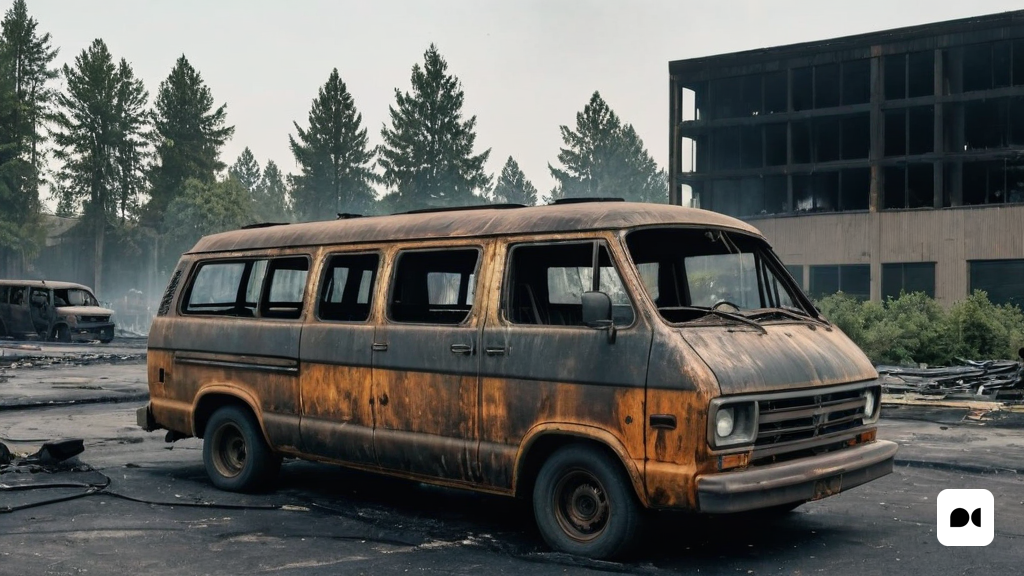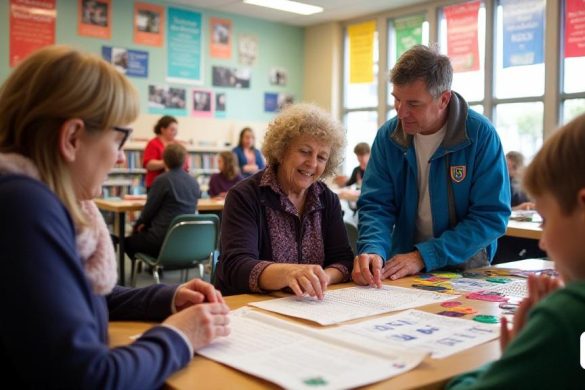A new reality due to climate change
The effects of climate change are being felt on the coast, where major storms and sea-level rise are disrupting the maritime-land public domain. These changes could lead to the loss of ownership of homes and businesses located on the sea front, and raise the need to take measures to face this new reality.
Government on the move
The Ministry of the Environment has initiated the modification of the General Regulation of Coasts, considering the forecast that the sea level will rise by more than half a meter in the coming decades due to global warming. These transformations pose an uncertain scenario for owners who are on the first line of the sea, who will be affected by these changes in the maritime-terrestrial public domain.
Possible expropriations at sight
Speculation has begun on the possibility that the Government may be forced to expropriate buildings located on the first line of the sea, such as apartments, hotels or bars. These assets could be transferred to the owners for a period of 30 years, but the text of the decree on which the ministry is working has not yet been revealed.
After the cancellation of a previous attempt to amend the regulation, the Government is now facing this challenge with a new perspective, with the intention of responding appropriately to the new climate reality and the effects of sea level change and of the storms
Concern in the tourism sector
The Tourism Board has expressed its deep concern at the possibility of amending the General Costs Regulation, especially with regard to the impact it could have on the Spanish tourism sector. The entity highlights the risk that these measures would entail, jeopardizing the viability of many companies in the sector and the economic sustainability of towns and coastal areas that depend on tourism.
It also asks that the opinion of the sector be taken into account before making decisions that could have irreversible consequences. The Tourism Board proposes the creation of an expert committee that includes representatives of the tourism and hotel sector to thoroughly analyze the impact of these regulatory changes.




